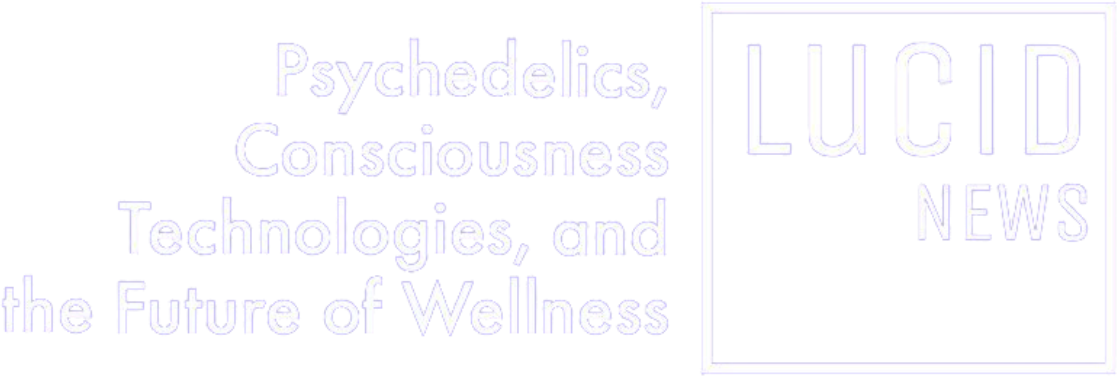Low Dose Nitrous Oxide as a Possible Alternative to Ketamine for Treating Depression, Study Shows

Major depression affects more than 17 million people in the U.S., sometimes to deadly effect — more than 47,000 Americans died by suicide in 2018, according to the Centers for Disease Control and Prevention. Although antidepressants such as Prozac have helped many people with depression, they can take weeks to take full effect, and many other people do not respond to such medications.
The shortcomings of common antidepressants have led researchers to search elsewhere for rapid interventions for major depression, including transcranial magnetic stimulation, the psychedelic psilocybin, and the dissociative anesthetic ketamine, a form of which was approved by the FDA in 2019.
But new evidence suggests another form of rapid-onset depression relief could be found by repurposing an older treatment: nitrous oxide, also known as “laughing gas.” If confirmed by further studies, the anesthetic gas could provide the same rapid relief of severe depression as ketamine, but with fewer side effects.
First discovered more than 200 years ago by the English chemist Joseph Priestly and used as an anesthetic in dentistry for decades, nitrous oxide shares at least one mechanism of action with ketamine, antagonism of the N-methyl-D-aspartate, or NMDA glutamate receptor in the brain. It was this shared neurochemistry that first got Dr. Peter Nagele, professor of anesthesia and critical care at the University of Chicago and lead author of a paper published June 9 in Science Translational Medicine, interested in nitrous oxide. “I wondered,” he says, “If ketamine is working through NMDA receptor antagonism, or blocking the NMDA receptor, and being an antidepressant, then nitrous should do the same.” Nagele published a proof of concept study on nitrous oxide and depression in 2015.
In a new, randomized, controlled, crossover Phase II clinical trial, Nagele and his colleagues at the University of Chicago and Washington University expanded on their earlier work, randomly assigning 20 participants with treatment-resistant major depression to inhale either 50% nitrous oxide, 25% nitrous oxide, or oxygen for one hour. Participants crossed over so that each eventually inhaled all three gas treatments over three months, and experienced rapid and significant relief of depressive symptoms with both the 50% and 25% nitrous oxide treatments compared with placebo. The antidepressant effects of a single treatment also increased and persisted over time, lasting as long as four weeks in some subjects.
Importantly the study also found the 25% nitrous oxide treatment produced around one-quarter of the side effects of the 50% nitrous oxide treatment, with little to no difference in antidepressant effect. “The majority of the patients are sleepy and are just in bed or a chair for an hour and that’s it,” Nagele says. By comparison, dentists typically use closer to the legal limit of 75% nitrous, he adds, the remainder including oxygen to prevent hypoxia.
Nitrous oxide, especially if given at the lower, 25% mix, could have advantages over ketamine. “Ketamine is not a benign drug,” Nagele says, with side effects including increased blood pressure. “We have not done the side-by-side comparison, but it looks as if nitrous is milder.”
And while both ketamine and nitrous oxide can cause hallucinations and out-of-body experiences — the target effects for recreational users — the effects of nitrous oxide are more transient, rapidly dissipating once the gas is turned off. Spravato treatments, by comparison, can last two hours. “Nitrous has no metabolites, so the immediate drug effects are gone within minutes,” Nagele says. “It’s a clean drug.”
Given that dentists administer nitrous oxide regularly, Nagele sees no reason why psychiatrists could not administer the gas for depression in a clinic setting. But that will first require a larger, definitive trial with hundreds of patients, an endeavor that will likely require public funding given the impossibility of patenting an old treatment like nitrous. “This is exactly what I think the NIH would hope to fund,” Nagele says. “We are not driven by profit or market or whatnot. We are driven to find the best tool to help the patients.”
Image: Modified photo by Dominic Milton Trott








